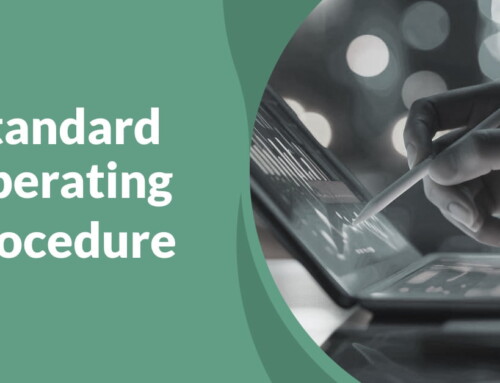Successful Technology Migrations: Key Strategies for Success
When it comes to technology migrations, preparation and strategy are the key. Here are some crucial steps to ensure a smooth transition:
Conduct Dry Runs
Dry runs are essential. Before the actual migration, simulate the process multiple times. This practice helps identify potential issues early. Here’s the mantra: test the migration, blow it away, fix the errors, and do it again. Repeat this cycle as many times as necessary, especially for complex migrations involving multiple systems.
Establish a Champions Group
Form a champions group within the business. Importantly, this group should not be from IT. Select members from various departments to act as change champions. Keep them regularly updated on the project’s progress. Their informal communication, such as watercooler chatter, can be more effective in fostering a positive outlook toward the migration than formal all-staff emails.
Focus on Change Management
Change management should start early in the process. Secure executive buy-in to demonstrate the importance of the migration. Ensure that all employees have the support they need throughout the transition. Providing adequate training and resources can alleviate anxieties and build confidence in the new system.
Additional Strategies for Successful Migrations
Define Clear Objectives
Clearly define what success looks like for your technology migration. Outline specific goals and metrics to measure progress and ensure all stakeholders are aligned with these objectives. This clarity will guide decision-making throughout the project and keep the team focused on the desired outcomes.
Develop a Detailed Plan
Create a comprehensive migration plan that covers all aspects of the process. This plan should include timelines, responsibilities, risk management strategies, and contingency plans. Having a detailed plan helps manage expectations and provides a roadmap for the team to follow, reducing the likelihood of unexpected issues.
Communicate Effectively
Effective communication is crucial during a technology migration. Maintain open lines of communication between all stakeholders, including IT, management, and end-users. Regular updates and feedback sessions can help address concerns promptly and ensure everyone is on the same page.
Test Extensively
In addition to dry runs, conduct extensive testing at each stage of the migration. This includes performance testing, user acceptance testing, and security testing. Thorough testing helps catch potential issues early and ensures that the new system will perform well under real-world conditions.
Provide Post-Migration Support
Offer responsive post-migration support to address any issues that arise after the transition. This support can include help desks, dedicated support teams, and ongoing training sessions. Ensuring that users have the help they need will smooth the transition and encourage adoption of the new system.
Conclusion
For a successful technology migration, remember these steps: thorough dry runs, active engagement from a non-IT champions group, robust change management, clear objectives, a detailed plan, effective communication, extensive testing, and post-migration support. These strategies will not only mitigate risks but also enhance the overall acceptance and efficiency of the new system.
Element Digital offers IT Consulting Services in Hobart, dedicated to providing expert guidance and strategic planning for all your IT needs. Our Hobart-based IT Professional Services are tailored to meet the diverse requirements of businesses in Tasmania. For more insights and updates, follow us on LinkedIn and stay connected with #ElementDigital.








Leave A Comment